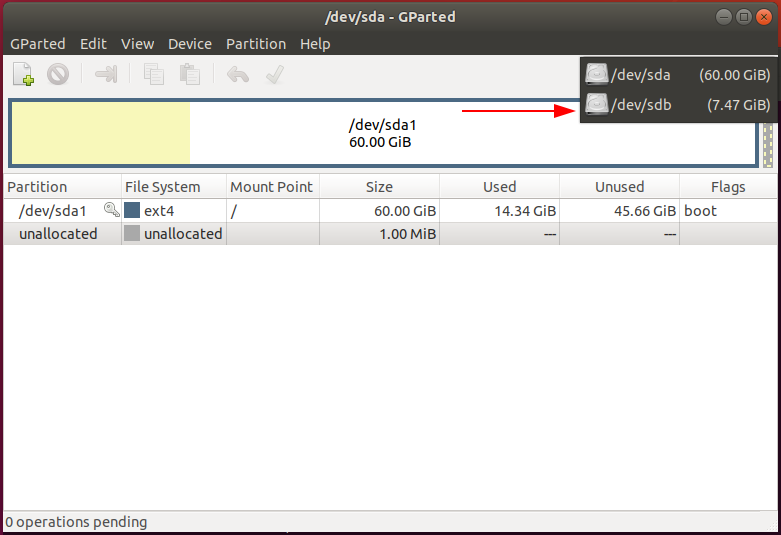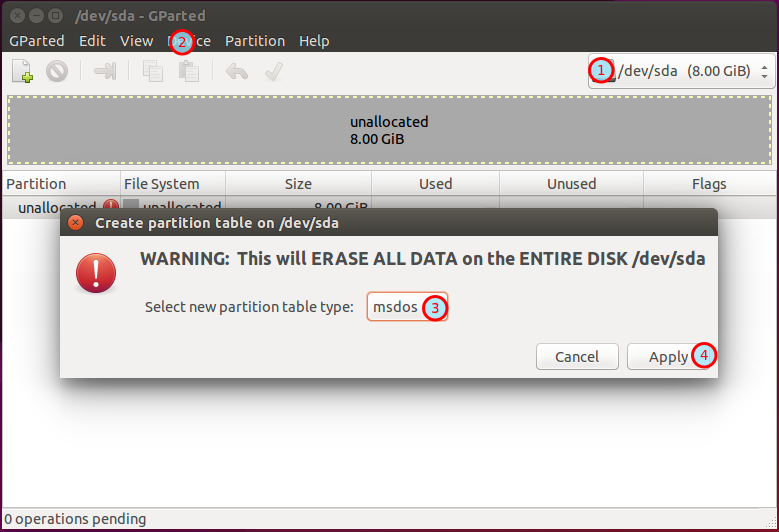
If not, then restart your computer again and check your BIOS screen to see if it has boot options. Restart the computer and it will probably boot into the gparted-livecd. Put the CD into your CD drive.
Boot From Gparted Live Usb On Ufei System Windows 10 Home Reference
Finally, install your desired OS into the space youve just freed up. Use GParted to shrink the H-STATE partition of your disk. Now boot into a live Linux USB. You may need to access BIOS settings on some computers.Nhnm wrote:Based on the Windows 10 Home reference, I would imagine this to be a consumer laptop3.
I copied the iso with the dd command to my usb. Now I want to have DualBoot with windows and downloaded a gparted-live.iso to shrink my partition. I recently installed Manjaro completley instead of Windows.
But that should not prevent you from getting the Pro edition installed nor from purchasing business warranty. I have EFI boot system, for legacy boot It can be differentDue to mentioning the product family, I come to the same impression and conclusion. There may be a setting in the bios setup.
Restart your computer and boot from the USB drive you have created. For the parts, the service might be able to offer compatible other parts when the originals no longer remain available.Boot into the GParted Live USB. And original parts availability as well as software/firmware updates may last shorted compared to business models.
And how recent is the content of that image on that USB drive? And support for legacy mode has been dropping of of more and more system firmwares (successor of legacy BIOS) and models. But your Dell laptop was booting in legacy mode or in UEFI mode off that USB drive?According to your symptoms reported, I would guess that your USB drive is prepared for booting only in legacy mode. EFI: Gparted or the Ubuntu install system can take care of this for you.LillebrorOchKarlsson wrote:USB drive works (I tested on my Dell laptop, and it boots no problem from it). When the window manager loads, the first open window is the GParted Partition Editor.Posted: (3 days ago) Create Bootable Ubuntu USB with Rufus (UEFI) USB Drives. Keyboard layout, don't try to be a hero, just accept the defaults by pressing Enter.
That should work also with your installation of the Home edition. I had no problem updating these. And whenever I purchased a HP device in the past few years, either drivers or system firmwares were already out of date. As far as I remember, the last three versions didn't come with such issues. And is system firmware(s) up to date or already outdated?There existed some older Windows 10 images having problems to boot off any USB drive, regardless if optical, flash or conventional disk attached.
The "UEFI Boot Order" section has USB as first item. But I expect your system firmwares not older than required for support of the 1909 version.LillebrorOchKarlsson wrote:For F10: there is no option to change to Legacy even after disabling secure boot (as was suggested somewhere). But if installed system firmwares are older, the latest Windows 10 versions might not be able to install. So the latest system firmwares version should work with any of those Windows 10 versions already released.
That implies that this EFI partition wasn't properly setup and that this partition did not comply with conventions for booting in UEFI mode.Esc, Boot Options. It seems that system firmware was looking into the EFI partition of your USB drive and detected it either missing or empty. And how do you come to the conclusion that boot from EFI file would not be what you want?For the F9 variant, if the USB drive would have been prepared for booting in UEFI mode, it should have provided you more options. So you should repeat preparing your USB drive for boot in UEFI mode. With USB being listed first, still won't boot from it - goes straight into WindowsFor F9: only 2 options available - "OS Boot Manager (UEFI)", which takes me directly back Windows, and "Boot from EFI file", which obviously not the option I need.Both symptoms correlate with my expectations if your USB drive is not prepared to boot in UEFI mode. An arrow, pointing to it regardless where I place the option in the boot order list.

On the machines that work, under Secure Boot Configuration, I can disable Secure Boot, and enable Legacy. It's that the BIOS option for enabling legacy boot devices doesn't work. It's not that UEFI options don't exist on the device (and I now have three of them like that, although interestingly, I also have two more that don't have the issue). I probably should have created a new message, but the underlying problem here is the same as the one I am experiencing. I wasn't a fan of HP in the first place, and this experience only proves thisThat's a valid point.

I was able to boot from it. The Mint Linux bootable USB stick I made did show up as a bootable UEFI USB device. Now I could put a Linux distro installer USB stick in the device and do it that way, but the BIOS doesn't recognize the boot device either way, so there's no way to boot it to Linux either.So, ultimately, that's my question: Since I can't seem to do anything about the BIOS issue, how do I create a boot installer medium that works with UEFI?Update: I stand corrected.
It's that the BIOS option for enabling legacy boot devices doesn't work.And these are the reasons and fundamental differences to the original issue.On the machines that work, under Secure Boot Configuration, I can disable Secure Boot, and enable Legacy.So these devices have a system firmware which still supports at least some of those optional legacy modes.But on the ones that don't, I can disable Secure Boot, but there is no option to enable Legacy Boot. (I still don't know why the BIOS won't allow Legacy boot, but at this point, it's irrelevant.)The underlying problem here is the same as the one I am experiencing.It's not that UEFI options don't exist on the device (and I now have three of them like that, although interestingly, I also have two more that don't have the issue). Thanks for the advice, though. So as far as I'm concerned, I'm done here.
You selected devices with system firmware which don't continue to carry on with optional legacy boot modes. So I have no way to boot it from a legacy device.That's not an issue. But it already IS disabled.
Perhaps this is a more recent system firmware as those devices which still support legacy boot modes. It is because you selected a device with a system firmware without such optional legacy boot modes.


 0 kommentar(er)
0 kommentar(er)
